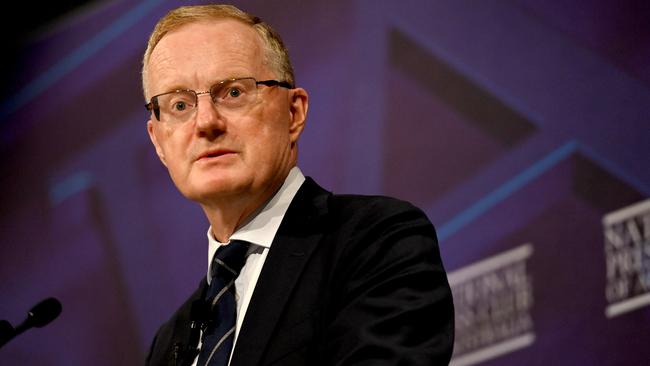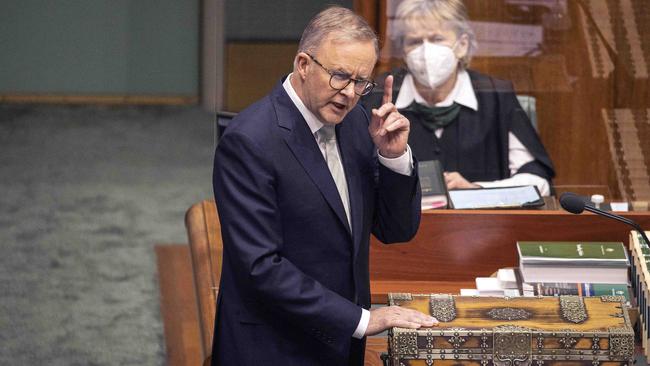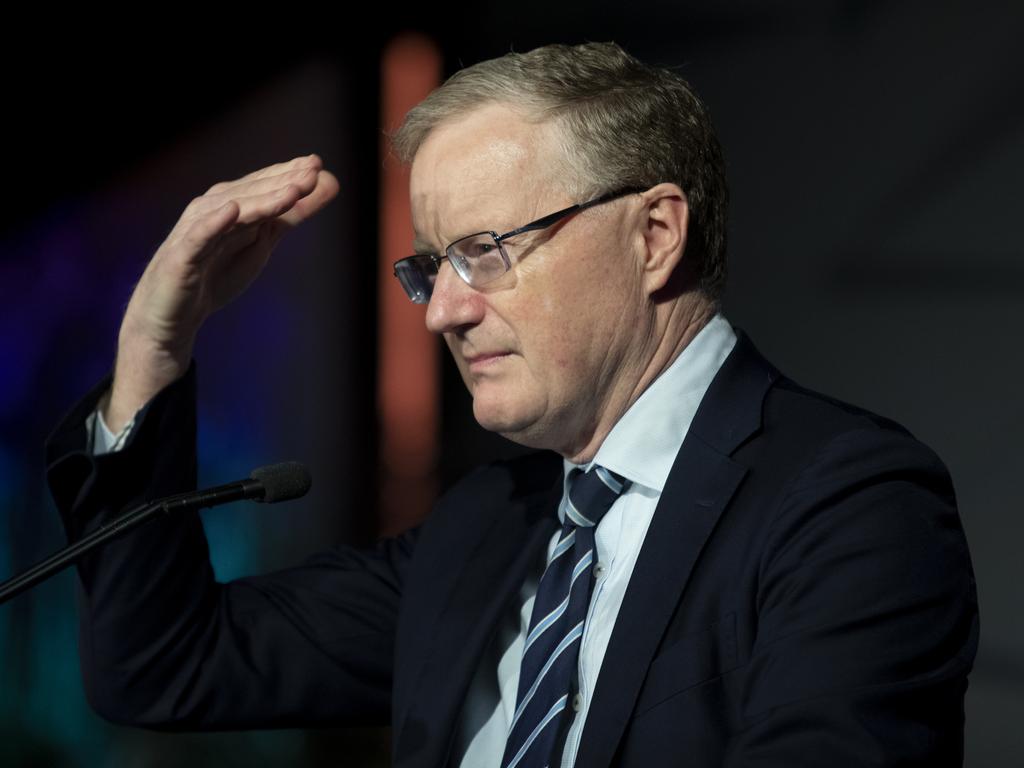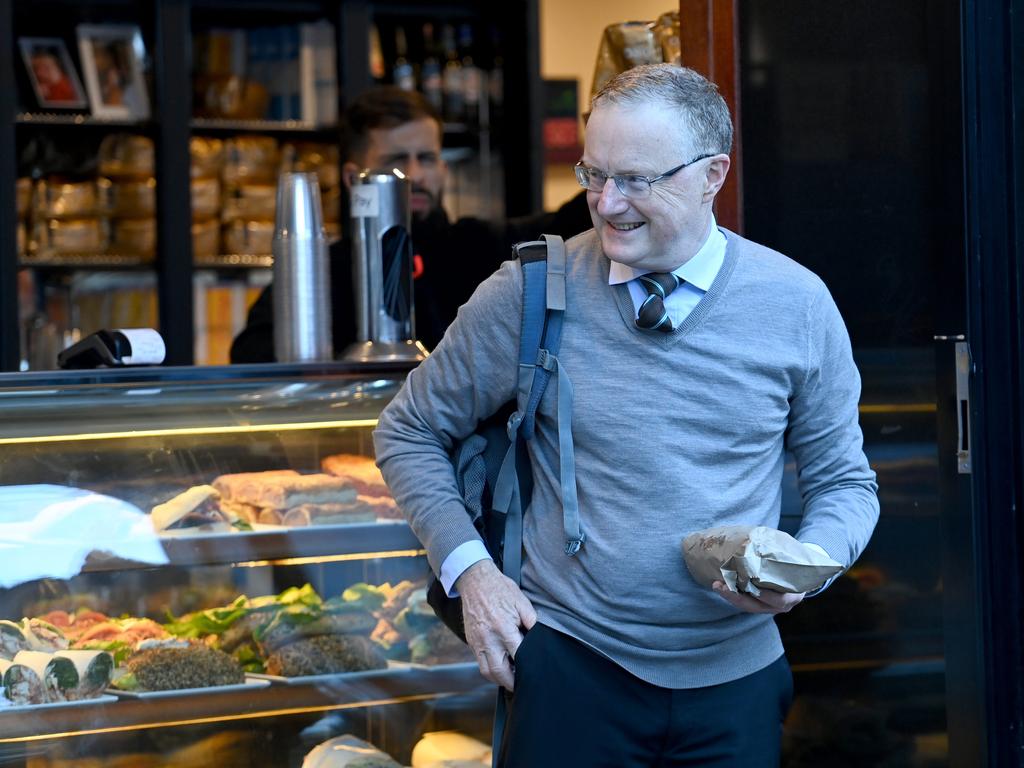
In an era where voters expect more from government not less, that could in time become a political problem for the new government. Unfairly to be sure.
Coming in, as expected, at 0.5 per cent the latest interest rate increase today will cost Australians with a million-dollar mortgage around $280 more in interest payments each and every month. That’s off the back of increases to their interest bills of around $600 per month courtesy of the previous three increases in recent months.
While we know the purpose of adjusting monetary policy north is designed to bring inflation under control, the temporary pain of the rate rises adds to cost of living pressures in a similar way to what inflation is already doing.
It isn’t just those with home and general-purpose loans who suffer when rates go up. Anyone renting is likely, in time, to face higher rents as investors pass on at least some of the rate rise. And homeowners required to pump more into their repayments will necessarily curtail discretionary spending, impacting the businesses that rely on it.
That, of course, is what rate rises are all about – putting the brakes on the economy so that inflation falls.

Since the election campaign rates have risen from 0.1 to 1.85 – over four consecutive months.
Interest rates are rising because inflation is out of control at 6.1 per cent, tipped to rise to 7.75 per cent before starting to fall. And don’t forget real wages won’t rise until 2024, just one year out from when the next election is due.
Higher rates bring inflation down, but they also slow the economy. It’s a balancing act. If the RBA get the balance wrong, lifting rates too sharply, they could slow growth to the point at which a recession follows, which would also see unemployment rise. While it is unlikely Australia’s economy would collapse to the point of recording two consecutive negative quarters of economic growth – a technical recession – sustained low growth is the last thing the government wants.
It needs to “grow the pie” as Paul Keating called it, to convince Australians that their standards of living are on the rise. If growth is too slow the budget bottom line is likely to keep getting worse, with significant pressure on revenue streams at a time when the Labor government has indicated an intention to embark on budget repair.
If the RBA lifts rates too slowly to avoid crashing the economy, the pain will be for nothing because they won’t get inflation under control. That could result in a wage price spiral like we saw in the 1970s. A worst-case scenario for many. Or it would guarantee that cost of living gets worse as inflation causes price rises without wages keeping up. Industrial turmoil would be just one consequence of such an outcome.
While the pain rate rises cause for many is real, we need to remember that historically compared the rates of today are still low. It is just that Australians got used to the record low rates of late. Rates will rise further, you can bet on that, and even then, the cash rate will still be low on long term trend comparisons. For many the sudden lifting of rates came as a shock because they believed the RBA governor when he declared that rates wouldn’t move north until 2024. He got that badly wrong, misjudging the inflationary global environment.
While rate rises should at least be good news for retirees and savers, because their cash investments should enjoy higher interest rates returns, the banks aren’t putting savings rates up as quickly as they are putting them up for loans. This has drawn criticisms from the likes of treasurer Jim Chalmers, but politicians are largely powerless to do anything about it.
For now Australians with home loans are by and large absorbing the higher borrowing costs and getting by curtailing some discretionary spending.
The decline in the property market isn’t affecting them because they don’t have to sell. However, if the economy slows to the point where job losses follow, that changes the equation. Forced sales can result in a declining property environment.
That won’t go unnoticed by many voters who thought Australia’s property boom would last forever.
Peter van Onselen is a professor of politics and public policy at The University of Western Australia and Griffith University








Today’s interest rate rise is the fourth in as many months, and we know there will be more to come. It all started during the election campaign, uncomfortably so for then PM Scott Morrison. Now the increases, which are undoubtedly putting pressure on cost of living, are Anthony Albanese’s problem to contend with. But with the Reserve Bank of Australia independently responsible for monetary policy there isn’t too much he can do about what’s unfolding.